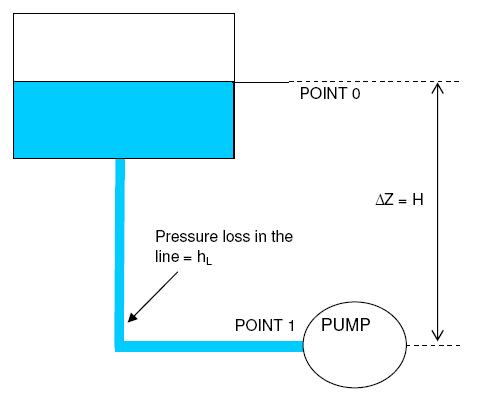Need for industrial silencers
Industrial silencers are used to control the noise associated with a wide range of industrial processes. Products include vent silencers, blow-down silencers, engine silencers, blower intake silencers, gas turbine silencers, vacuum pump silencers, centrifugal compressor silencers, discharge silencers, chimney silencers and more. Current stock industrial silencer program includes standard designs for engine silencers, blower silencers, and compressor silencer applications as well as industrial separators/silencers for vacuum pump applications.
Types of industrial silencer design
Industrial silencers and mufflers absorb and attenuate noise levels from machinery and other sources for environmental improvement and regulatory compliance. They use several basic designs. Absorptive silencers and mufflers incorporate sound-deadening materials, fabric and compounds to absorb the noise energy from the flow of gas or air. Reactive silencers and mufflers use complex passages and/or chambers to optimize noise attenuation while maintaining application requirements such as pressure drop, airflow and size. Hybrid designs use both absorptive and reactive design elements, combining airflow path management and acoustical materials to reduce noise. By contrast, active noise cancellation devices use sound sensors to characterize the sound profile and noise-canceling speakers to produce sound 180° out of phase with the airflow noise.
Industrial silencers and mufflers vary in terms of port type, inlet placement, outlet placement, and special features. There are two basic types of ports: inlet silencers and exhaust silencers. Inlet silencers mount on the intake side of the device to be silenced. Exhaust silencers mount on the outlet or exhaust of the muffled device. In terms of placement, both inlets and outlets can be located either in-line or on the side. Special features for industrial silencers and mufflers include filter silencers, separator silencers, and spark arrestors. Filter silencers consist of filters, traps, or screens for removing dust, grit, water or other impurities from the flow of gas or air. Separator silencers include components that physically separate water from the flow. Spark arrestors are designed to trap hot carbon and soot particles. They usually feature a chamber design and are used in combustion exhaust applications to minimize danger and maintain air quality.
Selection of industrial silencers
Selecting industrial silencers and mufflers requires an analysis of physical specifications, performance specifications, and mounting attachments. Physical specifications include inlet size and outlet size. Some industrial silencers and mufflers have a round, circular, or oval-shaped cross section. Others are square or rectangular. Performance specifications include noise attenuation, maximum pressure rating, and maximum flow rating. Noise attenuation is measured in decibels (dB) and expressed as a performance curve across the audible frequency range. Pressure is measured in pounds per square inch (psi). Flow is measured in standard cubic feet per minute (SCFM). Mounting attachments include male threads, female threads, flanges, and pipe clamps.
There are many applications for industrial silencers and mufflers. Some products are designed to silence industrial engines, air or gas compressors, vacuum pumps, or turbines. Others fit the exhaust ports of air cylinders, solenoid valves, or other pneumatic components.
Application of industrial silencers
- Vent/Blowdown silencer - Silencer designation for rapid exhaust or venting applications, i.e. "blow off" silencers.
- Engine silencer - Used for noise reduction on industrial engines. Both inlet and outlet silencers may be used; some products may be used for either inlet or outlet.
- Blower/fan silencer - Silencer designed for the intake or outlet of a fan or blower; can contain air filters and other features.
- Compressor silencer - Specifically designed for use on air or gas compressors.
- Pressure relief valve silencer - Designed for use with backpressure or pressure relief valves to attenuate the noise associated with relief blow offs.
- Turbine silencer - Intended for noise attenuation on the inlet and/or outlet port of turbines, typically gas turbines.
- Vacuum pump silencer - Specifically designed for noise attenuation at the inlet and/or outlet of a vacuum pump.
- Chimney silencer - Chimney silencers are designed specifically for combustion exhaust, such as for industrial boilers, ovens, and furnaces.
- Pneumatic muffler- Designed for attachment to exhaust ports of air cylinders, solenoid valves, or other pneumatic components. Typically used to soften the noise and his of the air exhaust, and sometimes provides a small measure of exhaust flow control
- Automotive muffler - Familiar type of muffler, designed for used on cars, trucks, motorcycles, industrial vehicles, etc.




